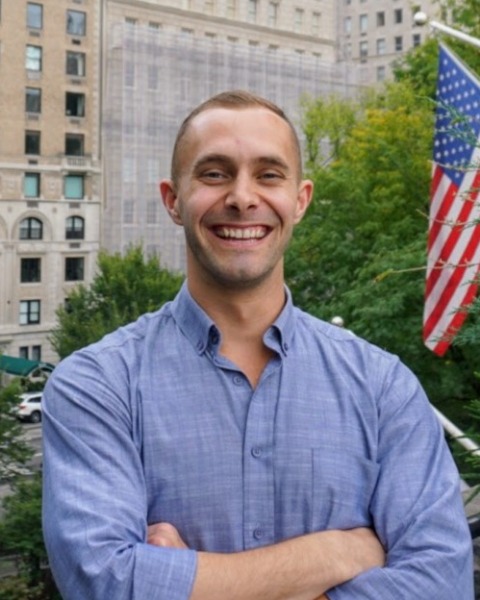Climate Action
Connecting Green Infrastructure and Community Action
Wednesday, May 8, 2024
2:30 PM - 3:15 PM CT
Location: Channel 2
CM | .75
Division Endorsement: City Planning and Management Division

Daniel O'Shaughnessy, AICP
Senior Associate Principal
Skidmore, Owings & Merrill
Bronx, NY- CS
Carol Samol
Bronx, New York

Mitchel Loring (he/him/his)
Project Administrator for Planning and Policy
NYC Parks
Sunnyside, NY- AM
Moderator and Speaker(s)
Speaker(s)
The global movement to daylight urban waterways has seen cities from Seoul to Yonkers leverage green infrastructure for community revitalization. These projects are engineering challenges, but they are also political – requiring broad buy-in from agencies at different levels of government – and hyperlocal, with direct impacts to adjacent communities.
This presentation focuses on the plan to daylight Tibbetts Brook in the Bronx, a project co-sponsored by the New York Department of Environmental Protection and Parks Department. It covers the arc of the project from history to current state; the for this new green infrastructure; and how adjacent neighborhoods – among them Van Cortlandt Park – are leveraging City investment for broader improvements and economic revitalization. In this context, it focuses on how design can help uncover and illustrate possibilities, allowing the community to discover opportunities and building momentum for funding.
Ultimately the goal is to use waterway restoration as a driver for social and environmental justice. By providing three distinct perspectives – project sponsor, nonprofit advocate, and designer – the presentation will show how the various actors are working together to realize this exciting project, and how others in cities large and small could do the same.
This presentation focuses on the plan to daylight Tibbetts Brook in the Bronx, a project co-sponsored by the New York Department of Environmental Protection and Parks Department. It covers the arc of the project from history to current state; the for this new green infrastructure; and how adjacent neighborhoods – among them Van Cortlandt Park – are leveraging City investment for broader improvements and economic revitalization. In this context, it focuses on how design can help uncover and illustrate possibilities, allowing the community to discover opportunities and building momentum for funding.
Ultimately the goal is to use waterway restoration as a driver for social and environmental justice. By providing three distinct perspectives – project sponsor, nonprofit advocate, and designer – the presentation will show how the various actors are working together to realize this exciting project, and how others in cities large and small could do the same.
Learning Objectives:
- See the broad range of benefits associated with daylighting streams in communities of all sizes
- Understand the mechanisms of local and state governments that facilitate these projects
- Find opportunities to leverage green infrastructure initiatives to empower community change and economic revitalization
